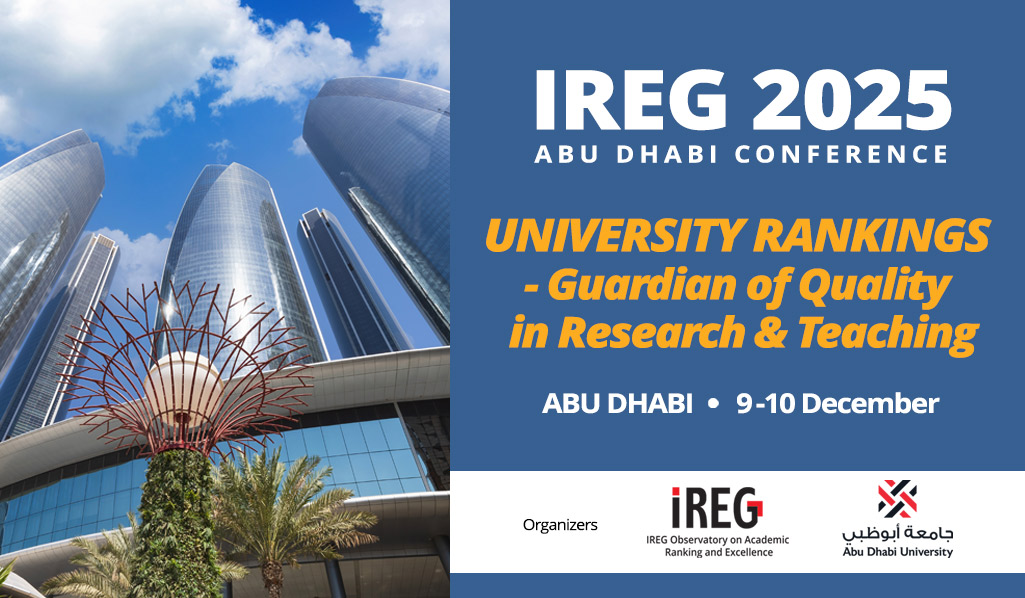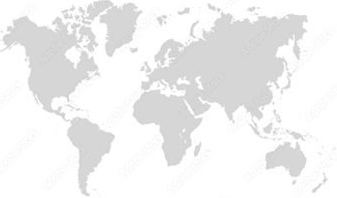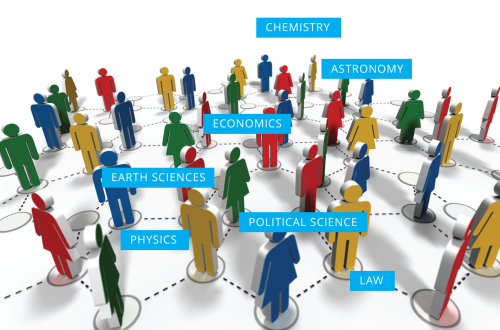IREG Ranking News

New Edition of the THE World Rankings
The latest edition of the Times Higher Education (THE) World University Rankings has just been announced. There are few dramatic changes this year. Oxford remains in first place, as it has for the last decade, while the rise of leading Mainland Chinese universities appears to have levelled off.

Invitation to IREG 2025 Conference in Abu Dhabi
Come to IREG 2025 Conference, Abu Dhabi, UAE, 10-11 December 2025. Listen to university leaders and top international experts on university rankings such as Ben Sowter (UK), Alex Usher (Canada), M'hamed El Aisati (Netherlands), Ghassan Aouad (UAE), Waldemar Siwinski (Poland), Isidro F. Aguillo (Spain) discuss how rankings can contribute to university excellence and the sustainability goals.
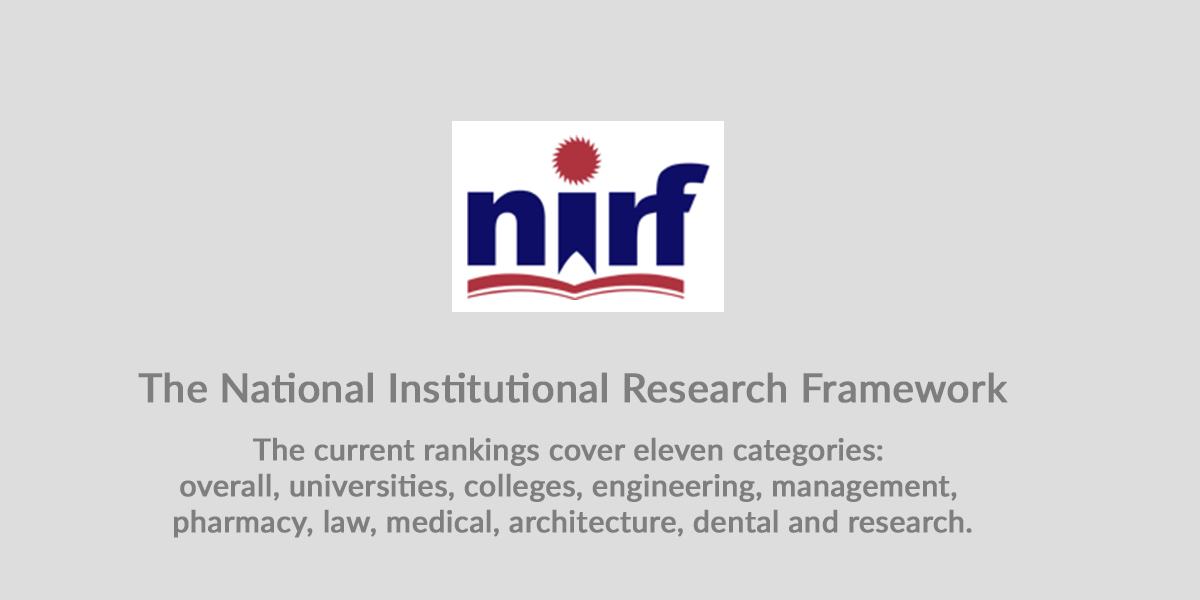
Publication of Indian National Rankings
The National Institutional Ranking Framework was established by the Indian government in 2015, partly in response to dissatisfaction with the major global rankings.

PitchBook Identifies Entrepreneurial Universities
PitchBook is a financial data and research platform, based in Seattle, London, and Singapore, with offices in New York and San Francisco. It is now owned by Morningstar Inc and publishes an annual list of universities whose alumni have raised venture capital.

IDP Report on University Rankings
IDP Education Limited is an Australian-based international company that specializes in student placement, language testing, and advisory services. Its web pages frequently refer to the global rankings published by Shanghai Ranking, QS, Times Higher Education (THE), and US News, in addition to the Complete University Guide and the Guardian University Guide. They have recently published a report on the use of rankings by international students.
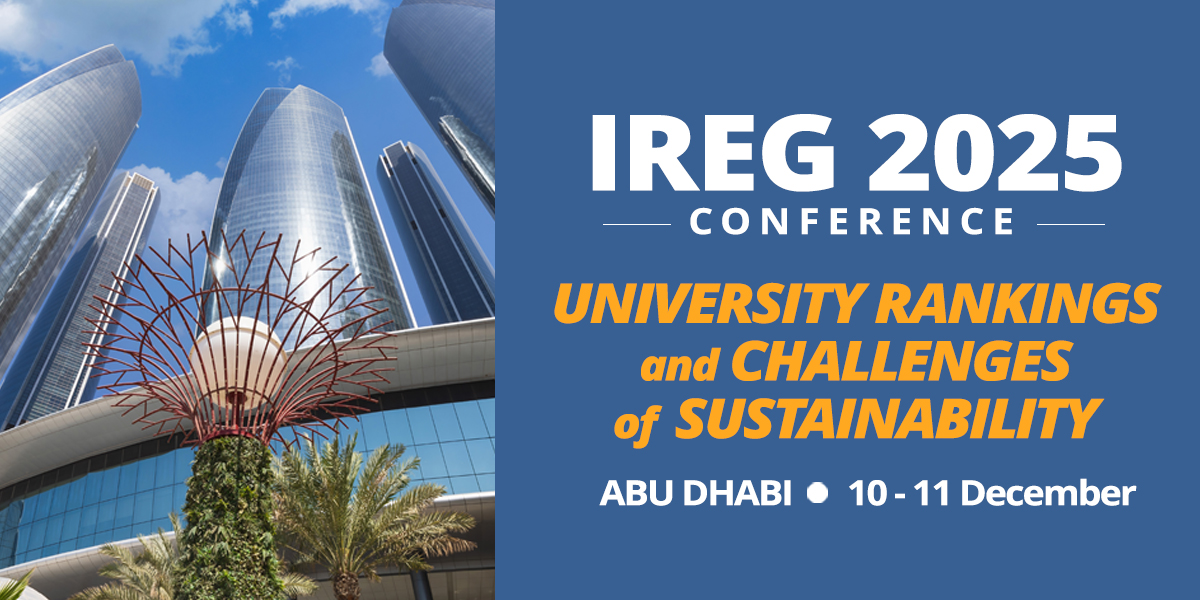
IREG 2025 Conference
Authors and analysts of global and regional university rankings such as Ben Sowter (UK), Alex Usher (Canada), M'hamed El Aisati (Netherlands), Ghassan Aouad (UAE), Waldemar Siwinski (Poland), Minchun Zh (China), Isidro F. Aguillo (Sain), top HE eperts and university leaders will discuss in Abu Dhabi rankings contribution to university excellence and sustainability.
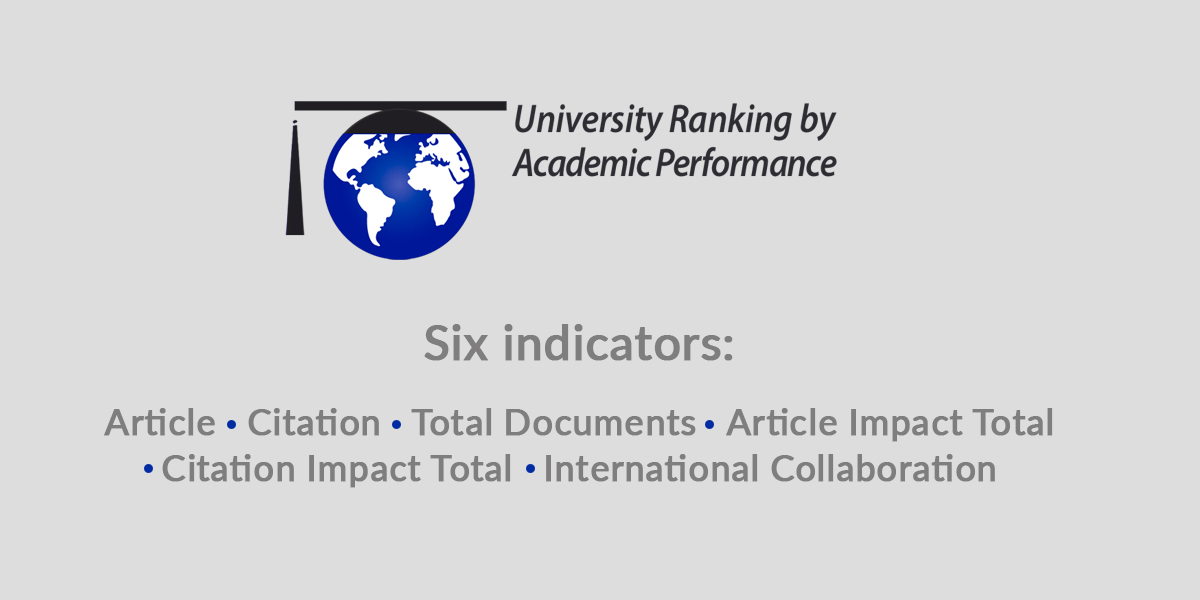
Field Rankings from University Ranking by Academic Performance
The latest edition of University Ranking by Academic Performance (URAP) shows an increasingly bipolar research world with China dominating engineering and the hard sciences while the USA and the UK still lead in the humanities and the social sciences.
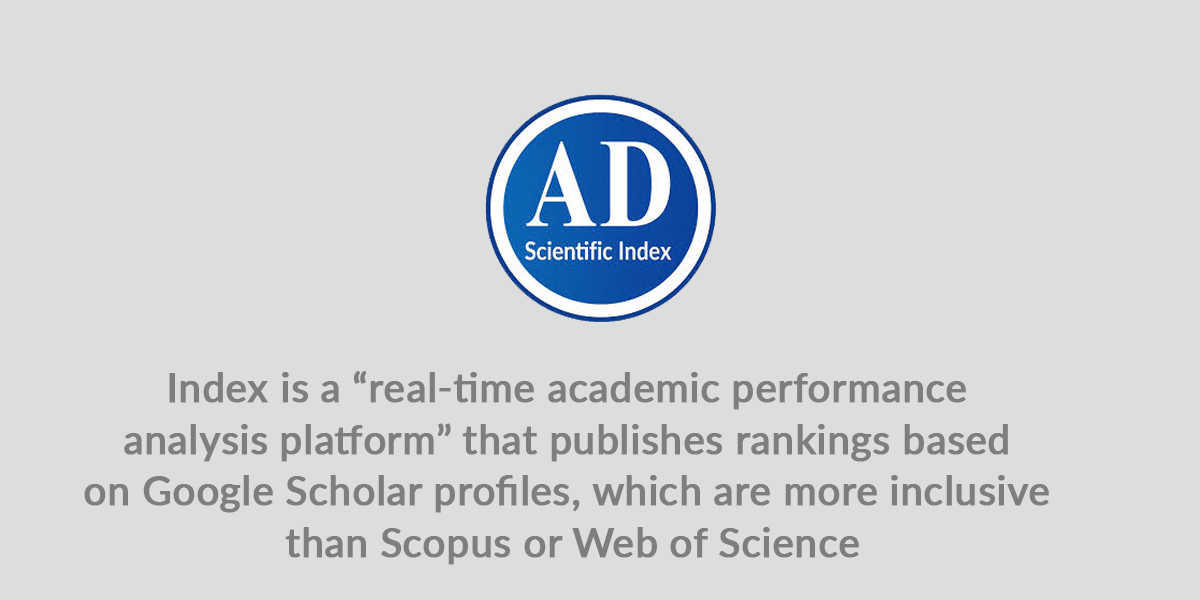
AD Scientific Index Publishes Inclusive Rankings
The AD Scientific Index is a “real-time academic performance analysis platform” that publishes rankings based on Google Scholar profiles, which are more inclusive than Scopus or Web of Science.
 DOCUMENTS
DOCUMENTSIREG GUIDELINES FOR STAKEHOLDERS OF ACADEMIC RANKINGS 2023
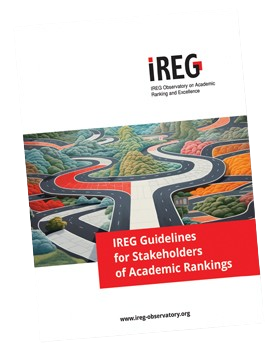
IREG INVENTORY ON NATIONAL RANKINGS

COMPETITION FOR BEST PHD THESES ON ACADEMIC RANKINGS
IREG Observatory on Academic Ranking and Excellence competition to recognize an outstanding PhD conducted in the area of academic ranking.
 INITIATIVES
INITIATIVESIREG CONFERENCES
NEWS FROM IREG MEMBERS
-
EngiRank 2024 – Ranking of Engineering Universities in Europe

Brussels, 29 October 2024. Technical University of Denmark on the top spot followed by Delft...
-
Prof. Marek Pawelczyk – Personality of European Universities

In a contest to select the most inspiring and active Polish universities operating within...
-
Polish universities are aiming high!

A short video Polish Universities – Aiming High, produced by the Perspektywy Education Foundation, tells about...
-
Bejing University of Technology

Bejing University of Technology published a Report on its activities in the period 2016 – 2020. You may...
-
Poland’s institutions top new European Ranking of Engineering Programes (EngiRank)

Warsaw University of Technology and AGH University of Science and Technology in Krakow secured the...
-
Invitation for female students and PhD candidates in IT

Join the biggest event for women in technology and IT in Europe. The online Perspektywy Women in...
